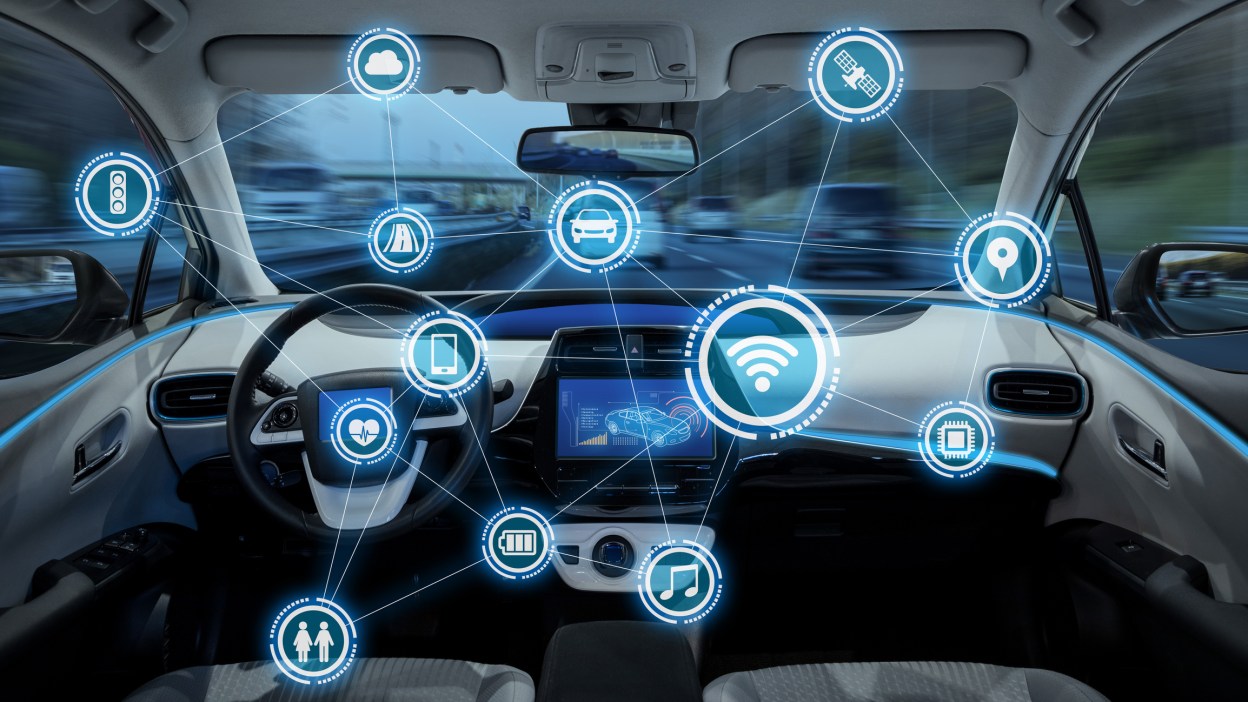The world is swimming in data. We’re currently producing more than ever before, and this is only predicted to rise. Statistica and IDC have estimated that by 2024, up to 149 Zettabytes of data will be created and consumed annually across the world. This is an incomprehensible amount of data, especially considering one zettabyte is equal to one trillion gigabytes.
In line with this growth, data is quickly becoming of vital importance to businesses. The ability to analyse and contextualise the insights gathered from good quality data is now a market differentiator. And whether or not we realise it, the world is increasingly being shaped by the endless possibilities supplied by the cloud. By working seamlessly together, these clouds are tackling one of the greatest modern business challenges: how best to manage, store and deliver the right data at the right time to provision the best possible outcome or experience.
But what does this all mean and how can it be applied to the real world? We’ve shared four of the most innovative examples of how multi-cloud strategies are transforming technologies across multiple industries.
1. Enhancing in-car connectivity
In a push towards sustainable practices, the electric vehicle (EV) market is soaring – and with it, the influence of cloud computing. Statista estimates that by 2027, EV revenue will have grown 17%, while figures from industry association ACEA show that EV sales broke new records in Europe in 2022. Competition is set to be rife amongst manufacturers, but multi-cloud is helping industry giants stay relevant while delivering new and innovative driving experiences.
Mercedes, for example, is combining different clouds and networks in its own in-car operating system (OS) to enrich driver and passenger connectivity. The resiliency and low-latency of edge clouds and telco networks will allow operators of self-driving vehicles to take Zoom meetings, and collaborate with others while on the move.
The scalable nature of public networks such as 5G, mean passengers can easily benefit from enhanced ICE (in-car entertainment) while stationary, streaming video and movies, playing online games and watching TV shows with no latency, buffering or pixelation. Mercedes’ platform includes an Android container, allowing secure third-party access to collaborate and develop specific applications for the car. This transformative approach to how data will shape the in-car experience will no doubt be a blueprint for other manufacturers to follow.
2. Uplevelling digital-first fashion
As fashion evolves, technology continues to play a central role in supporting retailers to connect with consumers and offer new experiences. Augmented reality, for instance, provides personalised shopping in the comfort of your own home, while chatbots and in-store touchscreens are improving customer relations and offering customised product suggestions. In the case of Adidas, putting the design and manufacture of custom products into the hands of eager shoppers.
This customer experience is even extended to the Metaverse and Web3. Valentino recently announced a collaboration with NFT marketplace UNXD to combine digital and physical fashion. While Decentraland, a leading Metaverse platform, has just hosted its second annual Metaverse Fashion Week. Imagine being sat on your sofa at home, in the same virtual room as some of the world’s leading fashion designers, watching brands release their new lines - that’s where the industry is heading.
The future of digital-first fashion requires brands to have applications and workloads in the right cloud for the best possible digital experience. A successful augmented reality offering, for instance, will require the support of multiple clouds. This includes 5G edge, ensuring that brands can support customers who will connect and access content at scale over the public 5G network. For example, beaming virtual fitting rooms to remote consumer devices.
Similarly, hosting a fashion week in the Metaverse requires extensive network and data capacity, which will require scalable public telco networks, as firms need to combine private and edge clouds for secure, reliable, digital content in end-devices, like a virtual reality headset or lenses. All this needs to happen without user disruption, and that’s how a multi-cloud strategy will be crucial to the delivery of digital fashion for years to come.
3. Supporting financial services
Challenger banks such as Chase, N26, Monzo and Starling Bank are transforming the delivery of financial services. The consumer focus on digital-first experiences has seen these banks capture a market that is increasingly frustrated with the legacy technology limitations of high street banks. So much so that in 2022, this global market was estimated at $66 billion, and is now expected to grow by almost a third to $96 billion by the end of the year.
The UK’s Starling Bank has trailblazed the use of multiple clouds to harness the vast scale of compute that is needed to take a data-centric approach to financial services delivery and champion customer experience. With vast quantities of anonymised data available in public clouds, it has used AI to simplify otherwise complex customer trends and behaviours, moving quickly to predict demand or address issues - a key differentiator from high street competitors. This approach has produced new platform upgrades like instant savings spaces, virtual cards or multi-currency payments.
Beyond speed, the bank has delivered more accurate insights into payments, also thanks to their multi-cloud approach. Supported by edge networks, it offers merchant identification and real-time location information, so customers can easily find out who they have paid, when and where, alleviating fears of fraud. This relentless focus on customer experience, aided by cloud computing, has supported Starling’s growth and industry influence. It is now the first challenger bank to post a profit and has fundamentally changed the industry landscape. According to data released by Finbold, as many as 43 challenger banks were created in 2022.
4. Boosting patient care
Cloud computing has been at the heart of the test, trial and implementation process of vaccination programmes. It has allowed pharma companies to store confidential patient data at scale, across both public and private networks, and rapidly analyse the results before making iterations to the development process.
At a granular level, multi-cloud strategies are driving tangible healthcare progress and boosting the effectiveness of patient treatments and experiences. For instance, in Saudi Arabia, the Ministry of Health is running multiple clouds in tandem to support its thousands of hospitals, clinics, and pharmacies. It has switched its IT operations from labour intensive, energy-hungry servers to different clouds, giving the Ministry’s IT team visibility of, and ability to manage the workloads from a single pane of glass.
On the ground, this means that all medical staff (from doctors and nurses to hospital managers and operators) have reliable and secure access to records and data they need – wherever they are and without worrying about disruptive IT outages. This all translates into better use of resources and improved services for healthcare workers and most importantly, patients.
The current (and potential) applications of multi-cloud really are endless. While we’ve showcased some exciting examples, use-cases span businesses and industries far beyond what’s been discussed in this article. In fact, organisations are still to discover the full scope of what’s possible with innovative new products, services, and experiences - and sometimes, startups are teaching a masterclass to bigger players. As businesses rely more heavily on connectivity to transform their brand and drive their customer experience forward, the ability to seamlessly operate applications across multiple clouds will be even more essential.


